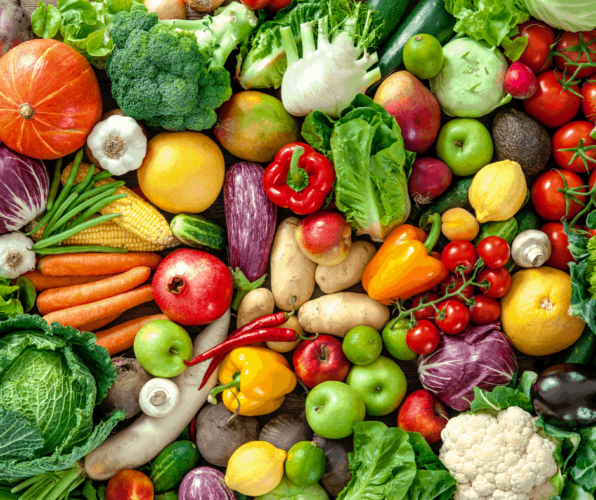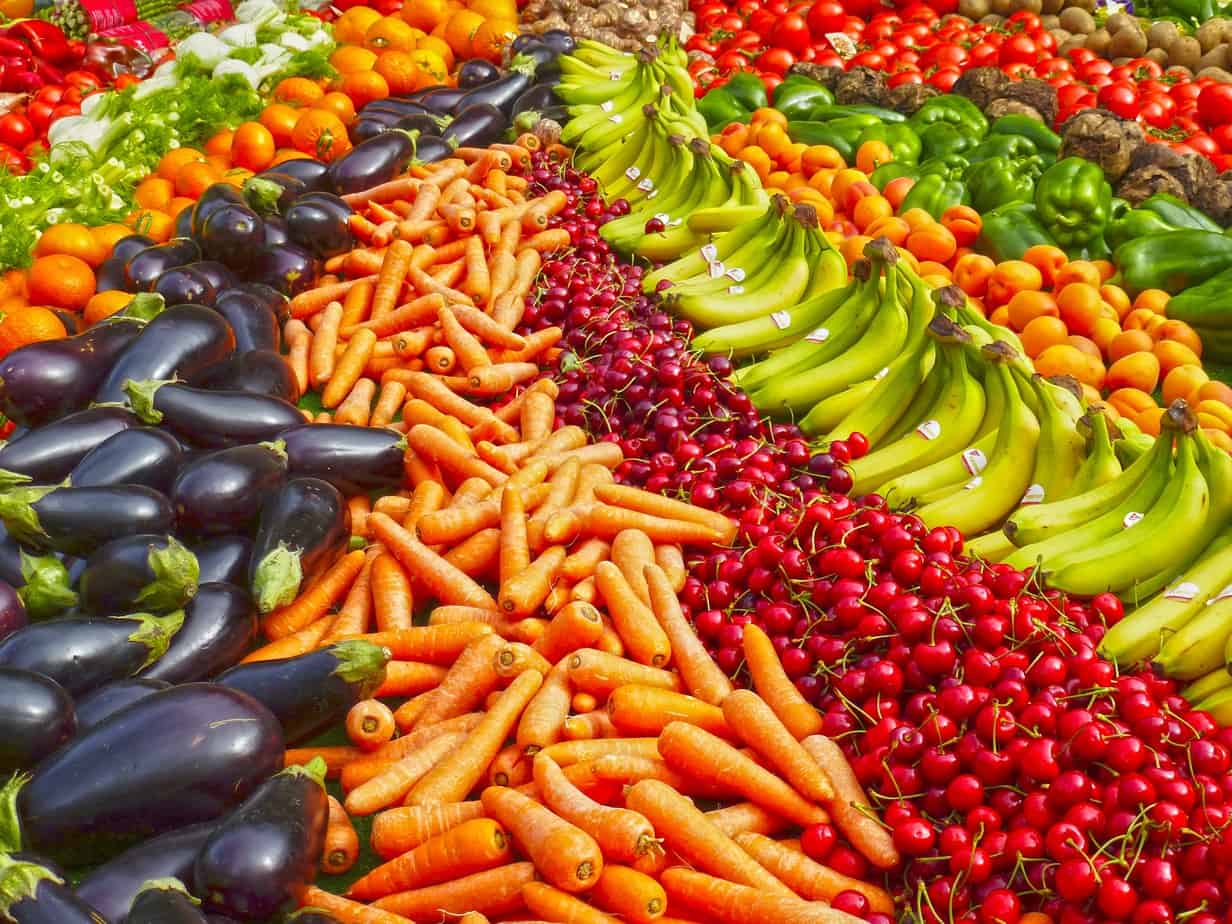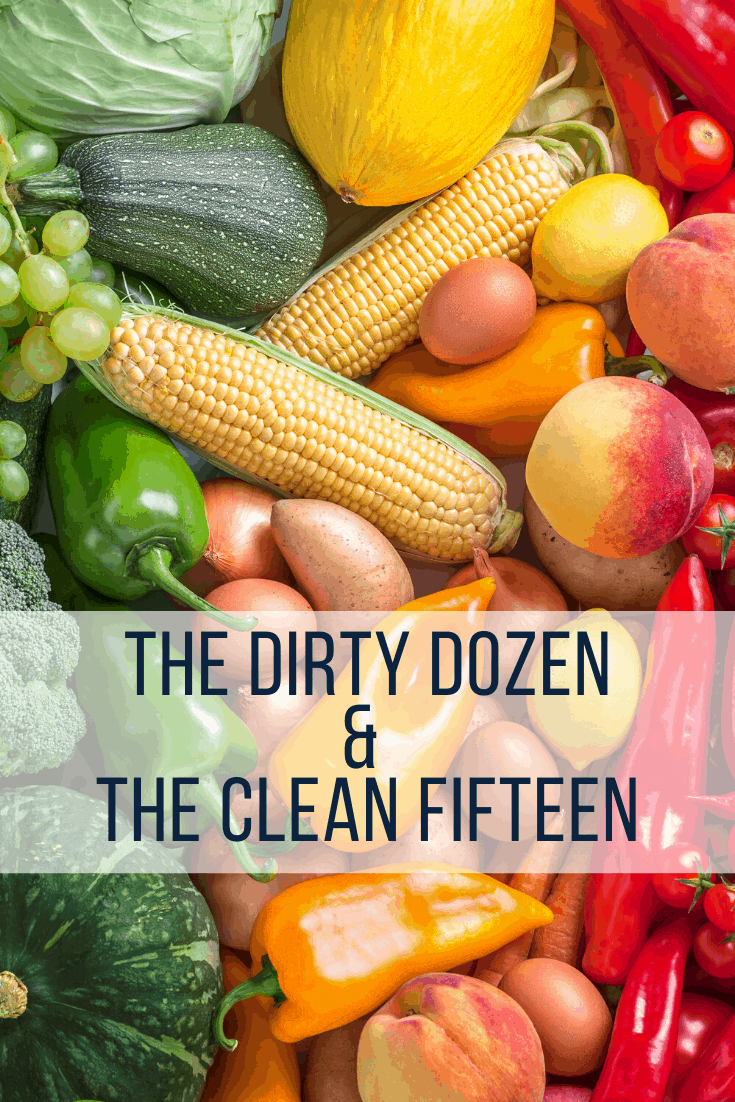The Dirty Dozen – I Thought I Was Eating Healthy…

Do you know about the Dirty Dozen? Do you also know that they can change from year to year?
In a perfect world we would all be eating organic, locally grown fruit and vegetables. This is somewhat unattainable due to the availability and cost associated with organic.
Each year the Environmental Working Group (EWG) comes out with their list of the Dirty Dozen and Clean Fifteen. As you may know, or have deducted from the names:
- The Dirty Dozen are the fruit and vegetables you should be purchasing as organic.
- The Clean Fifteen are the ones that are customarily OK in the conventional format, but are recommended to purchase the organic variety if viable.

The Dirty Dozen
I never know if organic is really the way to go, but here is a list of the “Dirty Dozen” – these fruits and vegetables are higher in pesticide residue than others.
- Strawberries
- Spinach
- Kale
- Nectarines
- Apples
- Grapes
- Peaches
- Cherries
- Pears
- Tomatoes
- Celery
- Potatoes
The Clean Fifteen
- Onion
- Avocado
- Sweet Corn
- Pineapple
- Asparagus
- Sweet Peas
- Kiwi
- Cabbage
- Eggplant
- Papaya
- Watermelon
- Broccoli
- Cauliflower
- Cantaloupes
- Mushrooms

Which are your favorites from both the dirty dozen and clean fifteen lists? Also, if you cannot find your favorite fruit and veggies fresh, check out the frozen section. Flash frozen vegetables retain their nutrients better because it stops the produce from degrading.
Also, I’d love to know where you like to shop for your fruit and vegetables? Do you like to visit the local supermarket or support the local farms?






